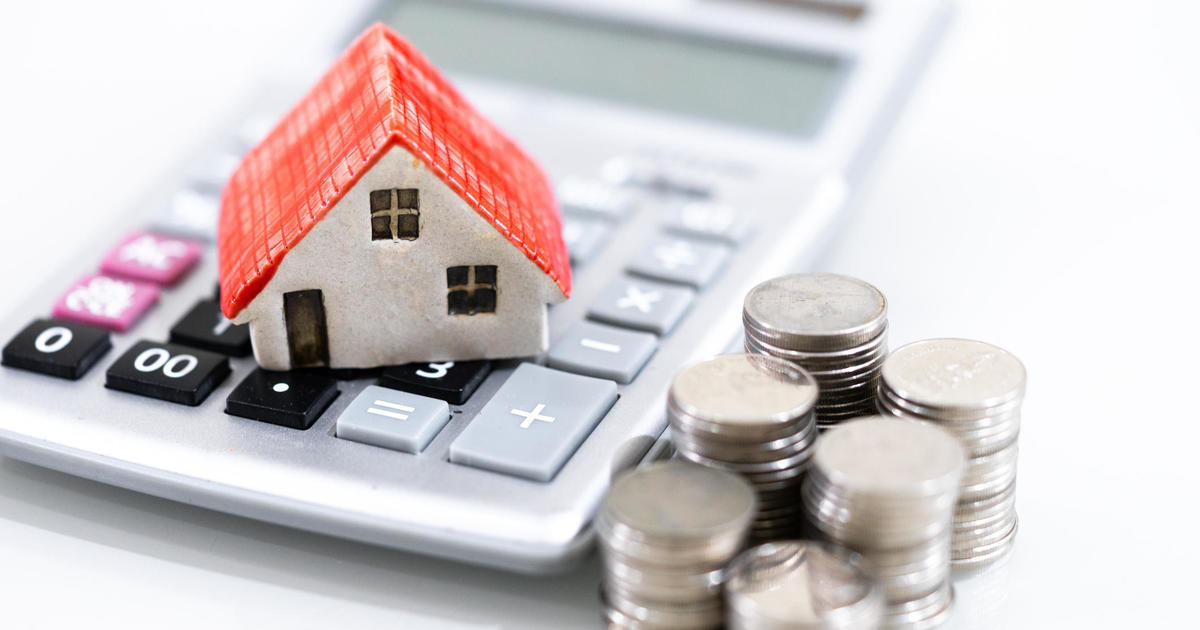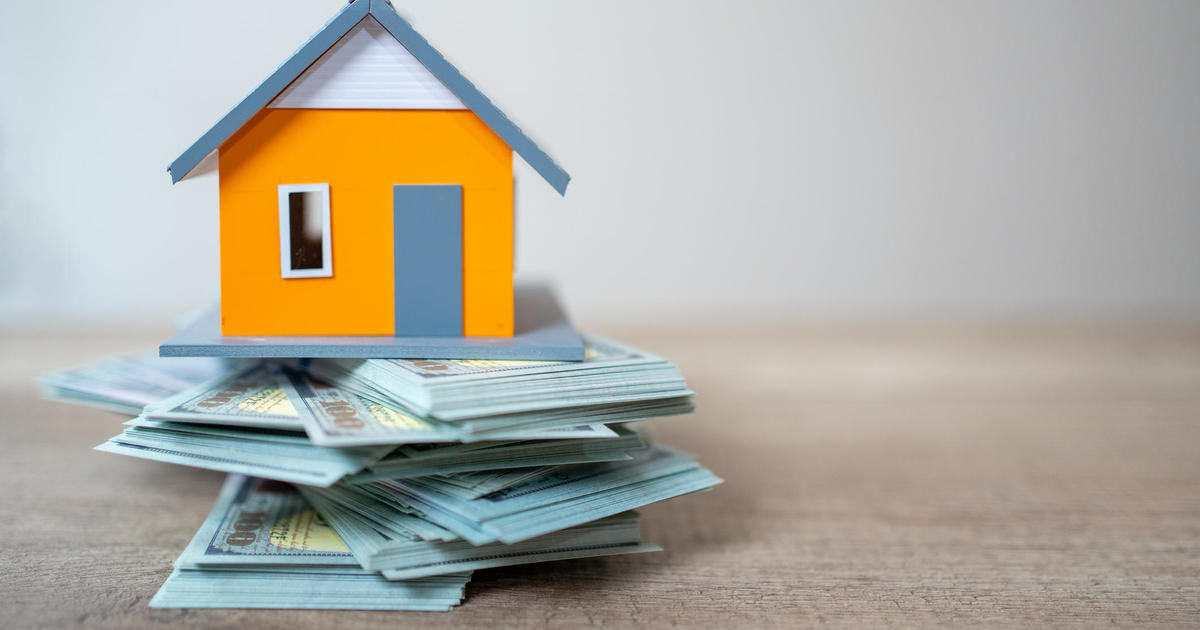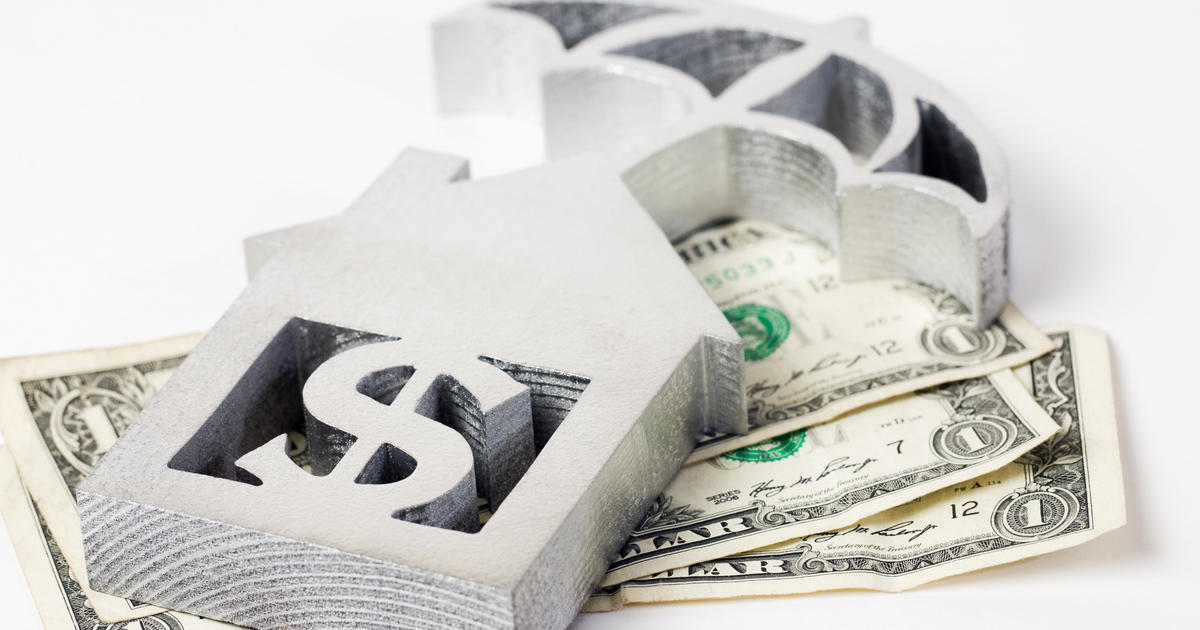3 cheap ways to tap into your home equity
In today's high interest rate environment, borrowing money can come with a hefty price tag. The Federal Reserve has hiked interest rates several times over the past year, and after a brief pause, another increase is likely this week. The average interest rate on a personal loan now ranges from 8% to 36%, for example, and if the rate you're offered is on the higher end of that range, it can drastically compound the cost of borrowing money.
But the good news is that if you're a homeowner with equity in your home, borrowing money doesn't have to break the bank. Homeownership comes with numerous advantages, and one of the most significant benefits is the ability to affordably leverage your home's equity for various purposes, such as funding home improvements, paying off debts or financing major life events.
While some methods of borrowing from home equity can come with a hefty price tag, there are a few cheap ways you can tap into your home equity. If you're thinking about using your equity to consolidate high-interest debt, tackle necessary renovations or cover an unexpected expense, it helps to know you can do so in affordable way.
Get started by exploring some of the best home equity loans available now.
3 cheap ways to tap into your home equity
Here are three inexpensive ways owners can access their accumulated home equity.
Home equity line of credit (HELOC)
If you need access to cash from your home's equity but you aren't sure how much you'll need — or for how long you'll need it — a HELOC, which acts as a second mortgage on your home, is typically a good option. A HELOC is also often the cheapest way to tap into your home equity because you only pay interest on what you borrow — and there are few to no closing fees with most lenders.
A HELOC functions a lot like a regular credit card, only you're borrowing against the equity in your home up to a certain limit — typically up to 80% to 90% of your home's equity. You're able to draw from a line of credit for a certain period of time, and when it's time to pay it back, you only pay interest on the money you borrowed. That can result in savings compared to other types of loans.
Plus, HELOC rates are typically lower than other types of loans. As of July 24, the average HELOC rate was 8.58% nationwide, while the average credit card rate was well above 20%. These lower rates, coupled with the lower or lack of fees associated with this type of home equity product, can make HELOCs one of the most affordable options for tapping home equity.
Home equity loan
A home equity loan is another type of second mortgage loan, and it's a relatively straightforward and budget-friendly method of tapping into your home equity. With a home equity loan, you borrow a lump sum against the value of your home and repay it over a specified term, typically with a fixed interest rate. This option generally offers lower interest rates compared to other types of loan products — and provides predictability in terms of the monthly payments, making it easier to budget for the loan.
Home equity loans can be worth it for homeowners who are seeking a one-time infusion of cash for a specific purpose, such as a home renovation project or consolidating high-interest debts. The interest rates on home equity loans are generally lower than unsecured personal loans or credit cards, making them a cost-effective choice. As of late July, the average home equity loan rate was 8.47%.
In most cases, you also have the ability to lock in a fixed interest rate, which protects you from potential future interest rate hikes. Plus, the interest you pay on a home equity loan may be tax-deductible, depending on your country's tax laws, further increasing its affordability. However, a home equity loan can be a bit more expensive than a HELOC since you're paying interest on a lump sum rather than just what you're borrowing from your line of credit.
Find out how much you're eligible to borrow and the rates you can qualify for here now.
Cash-out refinance
Refinancing your mortgage with a cash-out refinance can be another budget-friendly way to tap into your home equity. When you refinance your existing mortgage, you secure a new loan with a larger amount than your current one, and the difference can be paid out to you in cash. This approach allows you to access a significant portion of your home equity and potentially benefit from a lower interest rate on your overall mortgage.
Keep in mind, though, that refinancing involves closing costs, which can add to the overall expense of a cash-out refinance. And it may not be the best option right now for homeowners who secured low interest rates over the last few years, as interest rates are a lot higher than they were during the height of the pandemic.
While a cash-out refi can be a smart option to consider when interest rates are lower than average, it's important to carefully assess whether the long-term savings outweigh the upfront and longer term expenses, especially if your mortgage loan's interest rate is lower than what's being offered right now.
The bottom line
Tapping into your home equity doesn't have to be a costly endeavor. There are ways to access your home's equity without breaking the bank, whether you need a lump-sum loan, a line of credit or simply want to refinance your loan and cash out some of your equity. Just be sure to do your research and compare the options available to determine which method aligns best with your financial objectives and long-term plans.




